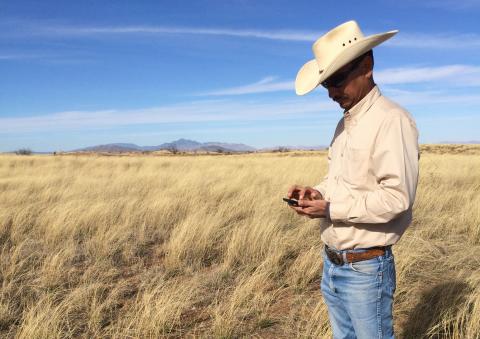Every day, people around the world use data to make decisions. When heading out of town, most of us use weather apps to check the forecast anywhere in the world before packing our bags. However, when we travel to far-flung places, we may find ourselves packing food from home because we don’t know what may be available when we arrive. We have a global, comprehensive, open data set that enables weather forecasting, but not something similar for food and agriculture?
In his first public remarks as head of USDA, Secretary Sonny Perdue noted that “…we want to make decisions based on facts and evidence,” “we want to be data-driven,” and “I need good data, I need good sound science to make decisions on…”
USDA recognizes that farmers, ranchers, and consumers alike - use data daily, from deciding when to plant, harvest or sell their crops, when to turn out cattle to pasture, or where to buy fresh fruits and vegetables. This is why it is important that data be made available, open and accessible, to facilitate the best-informed decisions.
Around the world, a movement called the “open data revolution” is under way to make data available for public use. This movement is expected to generate new insights, drive better decision-making, and enable governments, civil society, and the private sector to better target interventions and programs.
All of this is why the U.S. Government, led by USDA, was a founding partner of the Global Open Data for Agriculture and Nutrition (GODAN) initiative and why it continues to support the advancement of open data for agriculture and nutrition around the world. Now with over 500 partners, GODAN continues to support the sharing of available, accessible, and usable open data for agriculture and nutrition to help ensure global food security.
If we’re going to feed over 9 billion people by 2050, we need open data policies to make decisions based on facts and evidence. This global perspective will help identify data already available and data gaps that exist, and sharpen the focus on how open data can foster innovation and collaborative research, creating whole new kinds of growth around the world.

